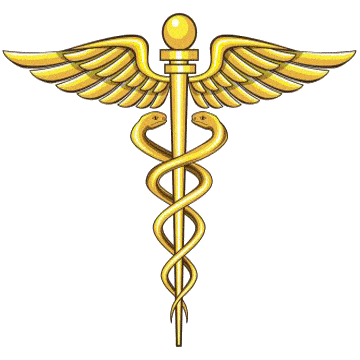It is believed that schizophrenia is caused by low availability of DHEA (hormone produced by the adrenal glands) and melatonin (hormone produced by the epiphysis) during the critical time of brain development. A low level of DHEA reduces the growth and development of the cerebral hemispheres. During life, the availability of DHEA decreases over time, which adds to an already too low DHEA. This reduces the functioning of poorly developed brain areas and produces schizophrenia. This physiological pattern has been observed before, but this explanation for schizophrenia is an entirely new theory.
Schizophrenia occurs when the availability of DHEA is reduced in the late teens and early twenties. Since the lack of melatonin causes a drop in DHEA receptors, anything that reduces an already limited intake of DHEA in schizophrenics dramatically reduces its positive effects on the brain. DHEA stimulates metabolism, especially in the brain. This is even more pronounced in the frontal areas of schizophrenics, whose frontal metabolism is known to be reduced compared to average.
Initial research reports the benefits of DHEA supplements in managing the negative, depressive and anxious symptoms of schizophrenia. Some of the side effects that other drug treatments for schizophrenia cause may also be suppressed as a result.
Clinical studies
In 1965, Lairy and colleagues noted a relative lack of stage 4 in the sleep of schizophrenic patients prone to delirium. In a more systematic study, Caldwell and Domino demonstrated a 50% reduction in stage 4 sleep in 25 schizophrenic patients who were not taking medication, compared to 10 medical students in a control group. This finding has since been repeatedly confirmed in both acute and chronic schizophrenics, with precise age control as well as hospitalization control.
Individuals who are deficient in DHEA should take treatment to increase the concentration. Schizophrenics are more likely to have significantly lower than average DHEA levels. It is known that nicotine significantly increases the concentration of DHEA sulphate (DHEAS) which is the body's reserve form of DHEA. Tobacco use was measured in 360 patients in a US hospital and was compared according to sex and pathology (schizophrenics versus non-schizophrenics). The overall frequency of tobacco use was 79% (284 patients). Schizophrenic men were the most likely to smoke, followed by non-schizophrenic men, then schizophrenic women, and finally non-schizophrenic women. After controlling for other variables, it appears that schizophrenia increases the probability of being both a smoker and a heavy smoker. It has been found that schizophrenic patients who smoke are prone to the onset of psychiatric disorders at a much younger age than non-smoking patients.




